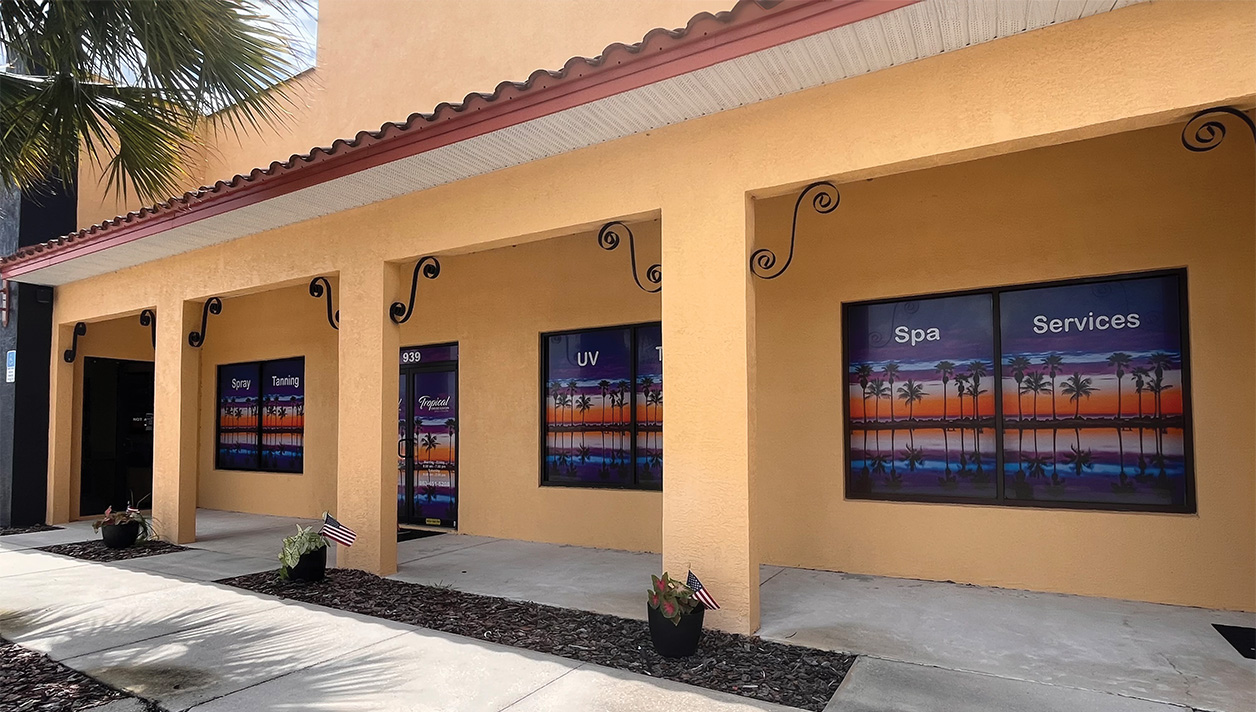We all nod knowingly when anyone talks about the importance of vision, mission and business planning – and then, most of us go back to what we were doing before the interruption.
[gap height=”15″]
As it happens, I often ask small business owners if they believe business planning is an important management tool. I don’t think anyone has ever said “No.” But when I follow up with the question, “Do you have a current business plan?” only one in ten answers, “Yes.”
[gap height=”15″]
This will not surprise 90 percent of those reading this article, I’m sure. But why is it that most business owners (in my admittedly unscientific surveys) see the value in business planning and then almost universally forego it? Could it be because business planning is seen as:
[gap height=”15″]
- Not very easy?
- Not very much fun?
- Not guaranteed to produce what we want?
- Not on the list of things we got into business to do?
[gap height=”15″]
Have I missed any of your personal favorites?
[gap height=”15″]
The truth is that business planning is not as much fun as creating your own business. And it’s certainly not guaranteed to accomplish anything, unless we actually do something with our business plans, which of course means more work. Business planning wasn’t on my list of reasons for starting a business, either. But want to know something? It works. And that goes a long way in my book toward making up for its shortcomings in the “fun” department. If it does in yours, too, then read on.
[gap height=”15″]
Four Reasons to Plan
[gap height=”15″]
We’ve all agreed that business planning is important, but why is it important? After all, that’s a pretty big idea to accept on faith. I believe there are four powerful reasons to create a written business plan:
[gap height=”15″]
- Clarity – The ability to see exactly where you are going is greatly enhanced by the simple act of writing it down. Unless you have extraordinary conceptual capacity, you will only know what you want your business to look like by writing it down. Include all the details you can think of to enhance the picture. Some people are gifted with that kind of vision without ever picking up a pencil, but for most of us the picture needs to be more concrete. The more detailed the description of the end result, the more easily you will recognize what you must do to get there.
- Roadmap – When you are traveling to a place you’ve never visited before, you probably need a roadmap to help get you there: to recognize which roads to take and which ones to avoid because they lead in the wrong direction. Your business plan serves the same purpose in getting you to your business goals, which is another “place” you’ve never been to before. It’s much easier to avoid wrong turns when your best path is laid out for you in writing.
- Communication – Many of the people you meet – employees, colleagues, customers, family members and friends – will be instrumental in helping you achieve your goals if you tell them exactly what you want to achieve. There is great value in having an easy, concise way to tell others what your goals are and how they can assist you. Making it up along the way will send confusing signals to those who support you, rather than helping you concentrate the power of their support in a common direction.
- Empowerment – Often, we hear people speak of their dreams and goals in a way that tells us they want to achieve them, but they don’t really believe they ever will, or even can. A clearly defined business plan will reveal a series of small, achievable steps along the path, and you can actually begin to see how they fit into your grand design. Accepting the possibility of succeeding one step at a time is much easier for most of us and can be the most important key to achievement. Your written business plan makes huge goals somehow seem not only manageable, but even achievable.
[gap height=”15″]
[gap height=”15″]
A life devoted to building a business without a plan is considerably more work and usually, for considerably less reward
[gap height=”15″]
Where Do You Start?
[gap height=”15″]
I believe you start with a personal, value-based vision statement, followed by a congruent and carefully formed mission statement. Together, these should be the foundation of your business plan.
[gap height=”15″]
So, what is the difference between a vision statement and a mission statement? Do you need both? I have for many years used a plain-language definition that goes like this:
[gap height=”15″]
- Your vision is how you want the world to be.
- Your mission is your contribution to making it that way.
[gap height=”15″]
When you look at it this way, it’s easy to see that you should include both in your thought process. Whether they evolve as one statement or two is unimportant. What is critically important is that together, they are the first step in your business planning process.
[gap height=”15″]
About now, you might be saying to yourself, “Sure, all I have to do is decide what I’m going to do with my life. And after lunch, I’ll just zip over and create peace in the Middle East. Give me a break here!”
[gap height=”15″]
Hold on, now! I’m not suggesting that you only get one shot at this. In fact, everyone’s mission statement will evolve over time, even if they’re right on target, because the world changes and where we are in it changes, too. However, each change in your mission and vision statements should be carefully considered, firmly adopted, and then acted upon.
[gap height=”15″]
A good business plan represents a sizable piece of work. A life devoted to building a business without a plan is considerably more work, however, and usually for considerably less reward. By contrast, a business plan that truly guides you in the direction you really want to go brings daily rewards. Add up the value of greater work satisfaction, the rich experience of a balanced life and a successful business that’s meeting its goals. And unless there’s a hole in your bucket, you will have earned some very large profits along the way and will have had a heck of a good time doing it.
[gap height=”15″]
Hey, is that exciting or WHAT?
[gap height=”15″]
[gap height=”15″]

























